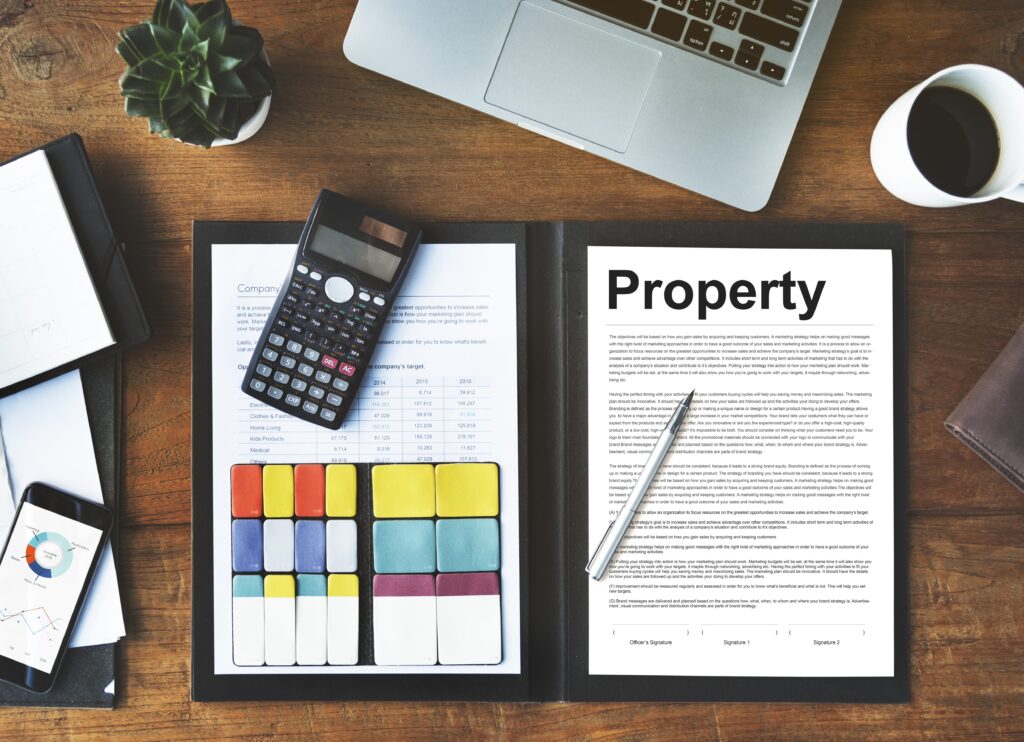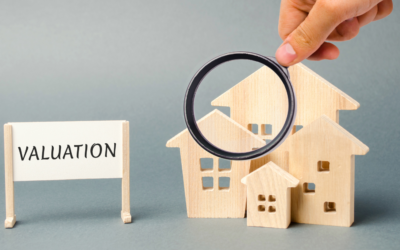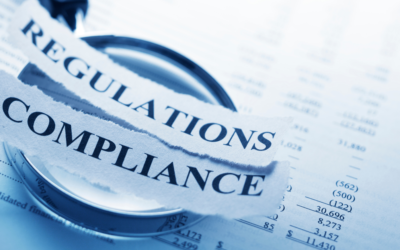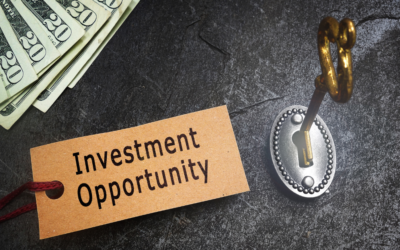One essential aspect of real estate investment is the pro forma analysis. This tool is commonly used and recommended by professionals to ensure informed decision-making in the dynamic world of property investment.
It’s worth noting that landlords often have their individual sets of numbers and calculations. This pro forma template, adaptable for both condos and multi-family properties, is designed to accommodate the unique nuances of each.
Key Components of the Pro Forma

The pro forma begins with the purchase price, a critical factor in determining whether a property is worth the investment. Following that, there’s a breakdown of all units, detailing current rents and projected pro forma rents, which factor in potential post-renovation income.
The total monthly rent is then analyzed, along with percentages representing gross scheduled income. Additional revenue sources such as laundry, storage fees, or parking fees contribute to the total income.
Expense Categories and Percentages
Moving to the expense side, I break down key categories with associated percentages:
- Capital Expenditures (CapEx): Money set aside for future repairs like roofs or boilers, a crucial aspect for long-term property maintenance.
- Management Fees: This varies based on whether properties are managed in-house or externally. Our standard rate is 6%.
- Maintenance: For multi-families, I err on the side of caution with a 10% estimate for maintenance costs. The actual amount may vary based on property condition.
- Bad Debt: An allowance for money that may never be collected, set at 1.5% for unforeseen circumstances.
- Vacancy: Historically set at 4%, although properties managed by us typically experience zero vacancy due to advanced planning.
Calculating Cap Rate for Informed Decision-Making

The heart of the pro forma analysis lies in calculating the Cap Rate (Capitalization Rate). This involves subtracting total expenses from income, resulting in Net Operating Income (NOI). The Cap Rate is then determined by dividing NOI by the building value. This crucial figure helps assess the property’s profitability.
The Cap Rate is a variable that varies based on investor preferences. Some may prefer a higher rate, while others opt for a lower one. Adjusting this variable influences the purchase price—higher Cap Rates demand lower prices, and vice versa.
Beyond the pro forma, it’s essential to consider additional expenses like insurance, gas, and water charges. These may vary depending on property type and should be factored into your overall investment strategy.
Conclusion: Educating Yourself for Informed Investment
Overall, creating a pro forma is an essential step in evaluating whether a property aligns with your investment goals. Conservative estimates, understanding market variables, and factoring in all possible expenses ensure an informed decision-making process.
If you’re seeking a real estate agent who not only understands the numbers but goes above and beyond to help you build wealth through strategic investments, think Profitable Properties Boston. We’re here to guide you from one to wealthy.




